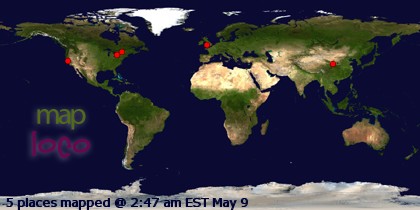
Flexibility, stability and mobility.
All wise aspects of iaido teaching or merely rants from tonight's posting.
Mostly both.
To be sure, these are aspects which I believe are the key physical benefits from practising martial arts. Because they are output benefits means that they are aspects which are exercise during training and thus the performance of the art is greatly improved if these factors are well developed in a person.
...sadly these are factors which I am finding not up to scratch in my own iaido. I have quite nicely settled into a good training regime. I turn up, I warm up a bit and I then slowly work through, one at a time, each koryu kata. I rarely repeat a kata unless it is one of the sticky ones like Ryuto or Ukigumo (in which case I stick to doing it about 3-4 times only). I don't believe that my current shortfall is either a lack of understanding on the construction of the kata or a lack of ability to demonstrate the unique points of certain kata. My problems lie in the execution of basic movements in the kata.
For instance:
- the angle of inclination of my sword in nukitsuke is often too "down"
- I am frequently in a state of uncertainty just before I start to draw - I think this is born out of a lack of confidence around timing of the foot and sword.
- My yokochiburi is inconsistent - often jerky, too large or too small or based on hand movement rather than sword movement.
- Noto is a constant pain in getting the balance of spontanaeity without losing control
My training regime is focussed on just exercising and improving those basic points in the various scenario in different kata, therefore I don't spend too much time on any kata.
I completed Shoden and Chuden tonight (it's amazing how little gets done in two hours when you practice slowly and methodically) and worked on a few seated koryu. Doing so much Chuden is showing where my lack of flexibility, mobility and stability is most prevalent. I think that just doing repeated training is the best thing for this - I need to build up more lower body and core strength. I am enjoying working on these by doing a bit of slow training of Urokogaeshi and Namigaeshi. Both are quite challenging in those three factors as rising and turning in tatehiza is quite rare in the koryu.
I have also added Shihogiri from Okuden Surawiwaza to my list of koryu to focus on, I think it's a very good stability developer and will also hopefully go onto building natural cutting speed.
Well at least I hope so.







